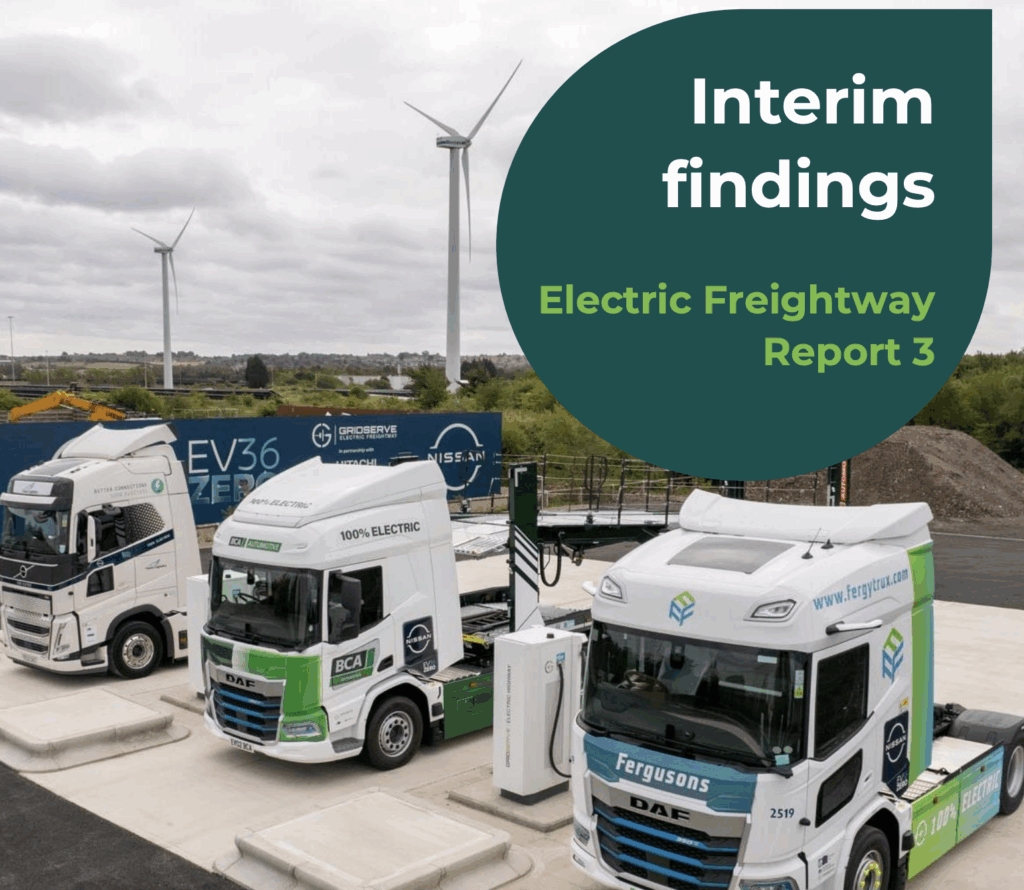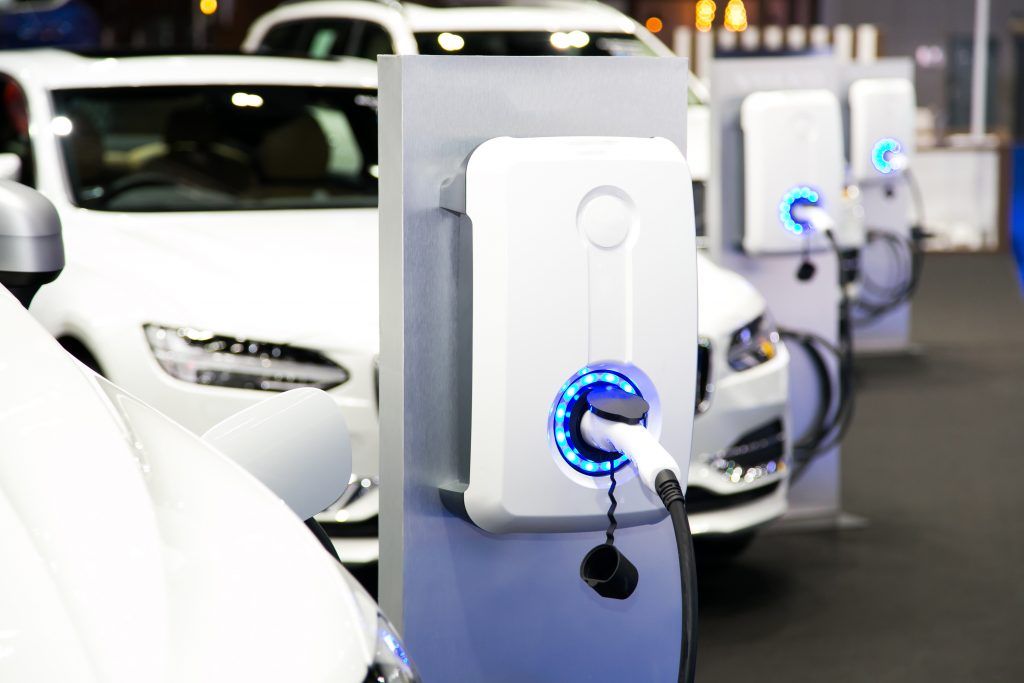Hitachi ZeroCarbon and GRIDSERVE have revealed the third Electric Freightway report, demonstrating more than a half a million zero-emission miles in the UK.
The report contains project milestones, including initial data-driven calculations that show eHGVs can achieve lower total cost of ownership (TCO), compared to equivalent diesel trucks, under certain conditions.
Led by GRIDSERVE as part of the Department for Transport and Innovate UK’s Zero Emission HGV and Infrastructure Demonstrator programme, the Electric Freightway project brings together more than 30 consortium partners to inform the UK’s transition to zero tailpipe emissions freight.
Report 1 and report 2 focused on the project’s objectives and planning stages, while report 3 provides an update on the roll out of eHGVs and charging infrastructure.
This report highlights key developments:
- Demand for eHGVs from consortium partners as 79 electric trucks have been delivered to fleet operators, with a further 78 on order.
- Heightened industry interest and engagement with the project with more than 20 organisations now benefitting including Amazon, Royal Mail, GXO and Wincanton.
- The first high-speed depot charging facilities have now been completed, including the10-bay shared Charge Yard at Nissan’s Sunderland factory.
- Advanced work on public eHGV charging sites. Construction is already underway at several key locations, with the first public hubs set to open later this year.
Analysis in the report shows that under certain operational conditions, recognising each fleet is different, managers can reach cost parity with diesel vehicles after five years – with higher mileage operations standing to benefit more, lowering the overall total cost of ownership.
Similarly, it reveals that the lifetime emissions of diesel trucks can be three times higher than eHGVs, and initial higher embedded emissions are usually offset within the first year.
Keir Mather MP, Minister for Aviation, Maritime, and Decarbonisation said:
“To create a cleaner planet and a stronger economy it’s essential the lorries and vans’ delivering goods across our country are supported to make the move to zero emissions.
“That’s why we’ve invested£200m to put more zero emission lorries onto our roads and build the charging network that keeps them moving. As this report shows the rollout is well underway and the future of freight is green.”
Sam Clarke, Head of eHGV, GRIDSERVE, commented:
“Delivering the 10-bay shared charging depot at Nissan’s Sunderland plant is just the beginning of what a nationwide eHGV charging network can look like.
“As the number of miles undertaken by electric fleets continues to grow, our priority is ensuring the infrastructure keeps pace, with the first public charging sites now under construction and many more to follow. This report demonstrates how a national eHGV charging network is beginning to take shape, but it’s only made possible by the industry working through the challenges together, and always with the needs of fleet managers front of mind.”
Image of report from Electric Freightway








